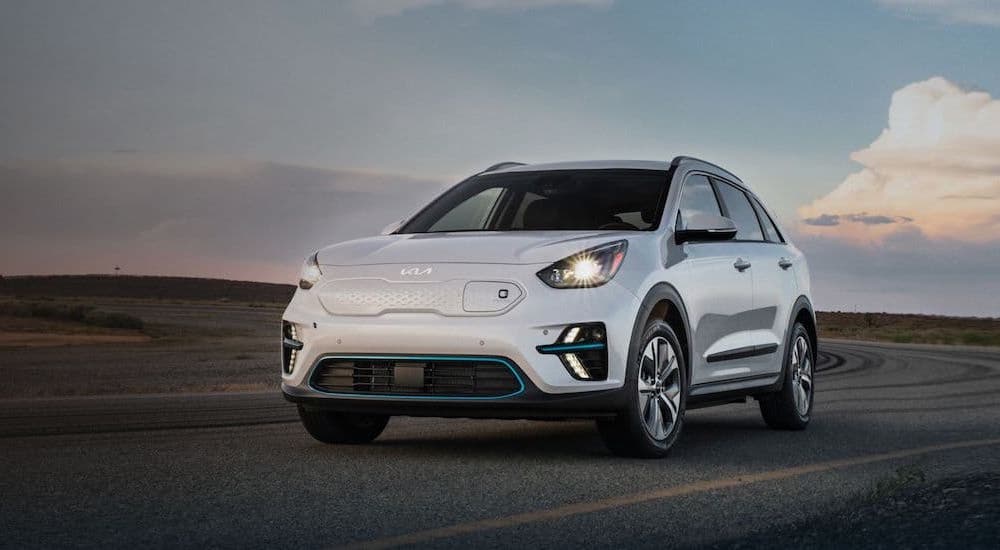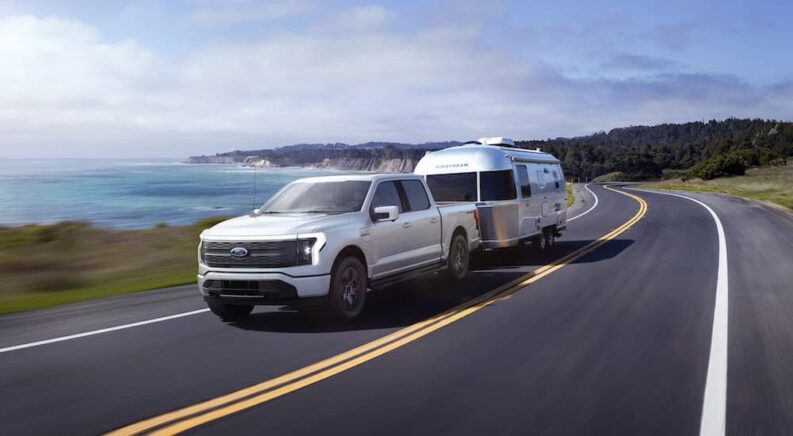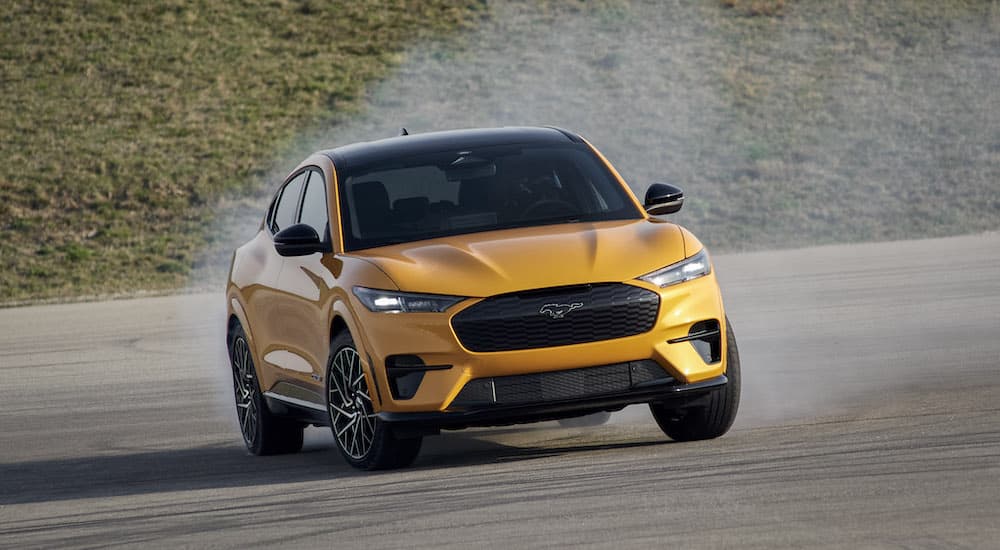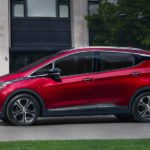That’s a big question, and there are a number of valid answers, both in terms of the big picture and for drivers individually. Still, I’ll do my best to get to the heart of things. The overall answer, to begin with, is yes, we should absolutely embrace Battery Electric Vehicles (BEVs) and the shift toward an all-electric automotive future. On the contrary, is everyone ready to do their part? Definitely not, and there are still some big things to figure out before every driver in the US should rely on electric-only vehicles.
There are some significant drawbacks to owning and using a BEV, many of which don’t exist for a driver with a conventional internal-combustion engine vehicle. The offset of this, however, is that many of these drawbacks are becoming less significant with each passing year, and major policy changes––like increased funding to build a nationwide BEV charging network––will potentially make them even less significant. In other words, while there are plenty of valid concerns today, they are quickly diminishing. A list of “pros and cons” written today could seem outdated within a few years.
Undeniable Power and Performance
Let’s talk about something that’s pretty much inarguable: BEVs deliver tremendous power and performance for drivers. The motors and batteries in these vehicles have greatly improved from where they were a couple of decades ago, and modern BEVs are incredibly fun to drive. High-end models can deliver a crazy amount of power, making driving a large SUV or pickup feel more like a sports car. Even standard vehicles with more reserved power outputs still benefit from the instant torque these motors can deliver.
Furthermore, it’s easy to create an electric all-wheel drive by using two (or more) motors rather than one, allowing engineers to create a fantastic driving experience in almost any vehicle. Regardless of the lingering debates about the switch to BEV models or their performance, there’s no denying that they can deliver a thrill behind the wheel. Everything beyond this, however, is a lot more open to debate and disagreement––and thus, the conversation gets a lot muddier from here on…

Simple to Use and Own
The technical aspects of owning a BEV are complicated, particularly when it comes to maintenance and service. In theory, owning a BEV is easier than owning a conventional vehicle because fewer parts and components need maintenance, as opposed to the complexities of an internal combustion engine. Motors and batteries in BEVs shouldn’t require much upkeep, and the use of regenerative braking even helps prolong the lifespan of brake components on these vehicles. Again, however, this is in a best-case scenario.
In reality, we all know that things break down unexpectedly, even if, in theory, they should be lasting longer––and this can be a huge problem. At this time, finding someone who knows how to service a BEV properly can be trickier than with a conventional gas-powered car. That means you might have difficulty getting your car repaired, you might need to pay more, or your only option could be to take it to a dealership. This is one of those problems that will become less of an issue with time as more shops learn how to work on BEVs and acquire the right equipment, but it’s something to consider.
Debatable Environmental Affects
For many people, the most significant advantage of owning a BEV over a conventional vehicle is that you create zero emissions with the battery and motor compared to an engine. Even a hybrid, or plug-in hybrid, with outstanding fuel efficiency, still burns gas and creates emissions at some level, no matter how low. A BEV is a truly zero-emission vehicle you can drive knowing, with confidence, that you’re helping the planet.
Unfortunately, your emissions are ultimately only as clean as wherefrom you’re getting the power to charge your vehicle. BEVs still need power, even if it’s from a rechargeable battery, and that power is coming from a power plant on your local energy grid. If this power plant is using fossil fuels to generate its power, then the overall “cleanliness” of your BEV is much more questionable––and complicated––than it might seem at first. If your power comes from a wind farm, solar panels, or another type of clean energy, however, then your car’s overall environmental impact is much better than that of a gas-powered vehicle––but this is a mighty big “if.”
Long-Term Battery Concerns
There are also a lot of concerns, on numerous levels, about the batteries in BEVs. For one, most of them use rare earth materials, which are acquired through mining, and the conditions of many of these mines are far from ethical. There are also concerns about the impact of millions of used vehicle batteries being thrown away and what this will do to the environment. The answer will likely come in the form of recycling these batteries and reusing them as much as possible, but current recycling programs for BEV batteries are minimal at best and could be years away from being fully effective.
On a purely selfish level (it’s okay, we’re all at least a little bit selfish), there are also concerns about the costs of these batteries. Today, it could cost about as much to buy an entirely new vehicle as it would to replace the battery system in a BEV. Fortunately, this should become less of an issue in the future as these things become more affordable and newer vehicles are designed to make replacing the batteries simpler—plus, these batteries will probably last longer in the years to come. Nevertheless, this is a concern that needs to be addressed for the practicality of owning a BEV.
The Charging Infrastructure is Still a Work in Progress
Likely the biggest concern for many people is the ease and availability of charging for BEVs. There are still far fewer charging stations across the US than gas stations, which means refueling is typically not as simple as hitting up that gas station around the corner. Recharging the battery in a BEV also takes considerably longer than filling up the tank, even with DC Fast Charging stations in ideal conditions.
Fortunately, these issues will improve in the years to come. New charging stations are constantly and consistently being built, and the recent infrastructure bill from the White House should significantly improve the network of charging stations across the US. In addition, the range for BEVs has also been increasing, and even a budget-friendly BEV can net hundreds of miles in range off of a full charge. Plus, charging technology continues to improve, so getting a full charge will likely become even quicker in the years ahead.
Finally, a lot of the concerns about recharging comes down to individual situations and how well a BEV works with someone’s lifestyle. A person with a house and garage––where they can install a small charging station––provides a much better situation for easy charging than someone living on a year-to-year contract in an apartment with little or no assigned parking available. Should businesses and rental properties embrace BEVs and begin installing chargers to attract customers, employees, and renters, this issue will become much more manageable for a wide range of drivers.
So, What’s the Answer?
Essentially, we––as a country and as a society––should embrace the shift toward an all-electric future, with the understanding that things will be a bit bumpy. We know what to expect with gas-powered vehicles; they’re familiar, so owning one is comfortable even if it’s not the best option. Moving into a new direction––into the unknown––is uncomfortable, which makes a wide-scale rollout a lot trickier as most of us tend to resist being removed from our comfort zones. As technology advances, the BEV range continues to improve, the charging infrastructure expands, and owning and using a BEV becomes more commonplace and familiar, the shift into the future will simply ‘happen.’ One day, we’ll wake up and realize we’re already here––in that future that many of us were worried about––and that everything turned out just fine.





